How to Create Good Links with Strong Anchor Text and URL Structure
April 5, 2021URLs and links are an integral part of websites and the internet. URLs and links provide clarity, information, direction, and organization. This makes the structure of URLs and the words used in links, also known as anchor text, incredibly important. Poor URL structure and information architecture can lead to people getting confused when visiting your site. Maybe they can’t find a way back to a page they visited or can’t understand how they got to the page they are looking at. Shortened, branded links you share on social media and on other sites are also a crucial informational tool. You want to make sure that the shortened links you create convey the right information to the user and, in some cases, that it’s simple enough to remember for ease of use.
Anchor text is the text the user clicks on when they click a link. It is a key component of a web page for SEO purposes. Anchor text helps tell Google what the page being linked to is about. It also helps draw the users’ attention to important information.
In this guide, we’re going to touch on the best practices of URL structure and writing good link text, or anchor text, when creating an internal link on your website. These anchor text and URL strategies are also helpful when creating links for social media.
What Impacts The Value Of A Link
Links are an important part of evaluating a page’s SEO as well as the pages it links to. There are 3 main components of a link that contribute to the SEO of the interlinked pages. These components are:
The Page The Hyperlink Is Linking To
A link’s primary purpose is navigation. They direct users to other web pages on the same site or another site. Links are also a ranking factor for SEO. Links act as a sort of vote for the importance of the page they go to. While links from other websites have the largest vote, internal links can also impact rankings. Having a well thought out internal linking structure that is useful for users can support the overall SEO strength of a website.
The Page The Hyperlink Is On
Including editorial links, or natural links in the body content, can help a page establish topical relevance which can impact SEO. When the page with the link, the page being linked to, and the anchor text all align it reinforces the relevance to search engines. Both external and internal links that are relevant and helpful for users can improve SEO signals.
While the SEO of the page where the link text resides is affected by the hyperlink, the largest SEO impact is on the page the hyperlink is pointed to. That impact is greater if the page with the hyperlink is an important page (like a homepage or a mid-level page) or if that page receives a lot of traffic or links directed back to it from high-quality websites.
The content that appears near a link can also impact the value of the link itself. A link that takes a keyword out of context may have less value than one that better matches how the word is actually being used.
The Keywords Used In The Anchor Text
The text that is hyperlinked can greatly benefit the SEO of the page it’s linking to if the text uses keywords the destination page is targeting. When the specific keyword you’re targeting is used as the anchor text it’s known as exact match anchor text. This can be a powerful ranking signal but can cause problems if it’s used excessively. Exact match anchor text is generally safe to use when linking to another page on the same site. When building links on other sites it’s important to create a natural mix of branded, generic, and keyword rich anchor text.
Another Benefit of Links
Another benefit of linked text is that it’s a great way to draw peoples’ attention on a page. Studies have shown that linked anchor text (that is recognizably different than the standard copy) draws the eye of people visiting the page. So if there are any key ideas or points that you want users to hone in on, linked text is a great way to highlight those ideas.
Writing Good Anchor Text
Once you understand the basics of what goes into a good link it’s time to start creating them. With internal links especially, choosing good anchor text is a huge part of the process, but figuring out what to link is also important.
Choosing Where to Link
When choosing what pages to link together there are two audiences to consider. First is your users. Is this link helpful for a visitor to the site? Does it make additional information they may need more accessible? Does it help keep them on your site longer or make them more likely to convert?
The second audience is search engine crawlers. Does the link connect relevant topics that support each other? Does it create content groups or silos that would help a computer figure out the most important topics on your site? Does it add votes to the most important pages?
It’s important to think about all of these things when choosing where to place links. Google may be the ones choosing which pages to show at the top of the search results, but they are working to be more like human users every day.
Writing Anchor Text
Once you’ve chosen which page to link to and what page you’re linking from it’s time to actually write your anchor text.
If you’re linking within existing content you may be able to find good exact match anchor text already in the page. If you go this route make sure that you’re choosing keywords that are in the right context. Some words can have several meanings. If you choose to link to a page that has a different meaning than what the linking page is actually talking about, the link may provide less value.
If you’re adjusting existing content or writing anchor text from scratch try to include your keywords and avoid generic phrases like “click here”. You may have to rewrite your sentence a few times to create something that sounds like natural language. Anchor text is usually limited to a word or two, but don’t be afraid to make it longer if it creates a more clear experience for the user.
While keywords are very important for anchor text make sure you don’t go overboard with them. If you write anchor text that’s awkward and stuffed full of keywords it’s bad for users. Google first and foremost wants to make its users happy by sending them to sites that meet their needs and have a good user experience. Anchor text that is only written for search crawlers and not for humans does not meet these needs and can backfire.
A Quick Tip For Creating Internal Links
Sometimes you know which page needs some extra support from internal links, but you’re not sure which pages to link from. This is especially common with sites that have a large blog. Here is a quick way to find some potential pages to link from:
- Go to Google and search for “site:domain.com keyword” for your domain name and keyword
- Look through the results for any pages that might be relevant
- Check the actual content of the pages to find ones where including a link would be good for users
- Add your links!
You can search for a few different synonyms of your keyword to get more variety. Just keep in mind that Google will also find where your keyword is listed in menus or footers so you may get some false positives.
Creating Strong URL Structure
I’m sure everyone has seen a URL with the website’s name, followed by “/index” and then a bunch of numbers and letters. Something like this example from Moz:
When you look at that URL, it’s pretty clear that nothing is clear about the page this URL belongs to besides the fact that it is found on example.com. The reason why URLs like this, also known as dynamic URLs, are a detriment to a webpage is that it’s difficult for users and Google to quickly understand what the page is about. We don’t say things like “sort=price” or “product=1234” when speaking to each other. Since Google is learning to think more as humans do, it is in your best interest to make webpage URLs easy for humans to understand.
Create Human Readable URLs
Choosing URLs that are easy to read and understand is critical to a strong URL strategy. URLs should follow an organizational structure that shows the path of how a user got to the page they are on. Moz also does a great job of breaking this structure out visually:
With this URL structure, you’re providing your users with the breadcrumbs they need to understand the path they took on the site to get to their current page. This structure is tied to how your site’s navigation is laid out. Having organized mid-level pages with topics and sub-topics helps better structure a page’s URL more easily.
We hope that this guide was able to provide you with some clarity when you are structuring your site’s URLs and crafting your anchor text. If you have any tips you use for URL structure or writing link text please feel free to share in the comments section!






